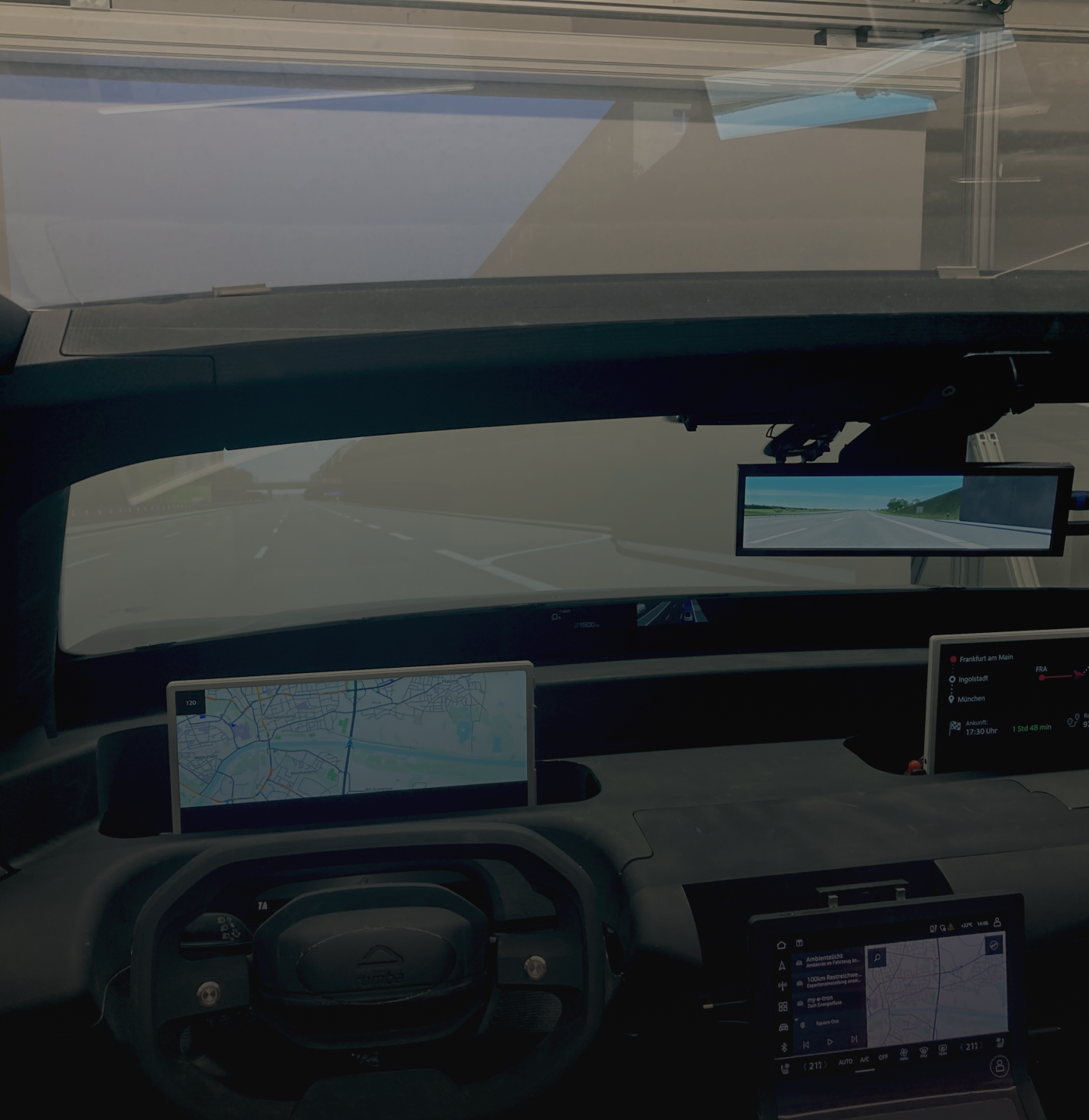
The RUMBA Project: Audi and intive Advancing HMI for the Autonomous Era

The Challenge
How will the user experience evolve as the car takes the wheel?
A consortium of companies joined forces to test forward-looking ideas focused on enhancing passenger comfort, ergonomics, and trust in the emerging mobility space.
As part of this initiative, Audi set out to rethink the interior experience across several development directions, including advanced display surfaces, intuitive manual controls, and clean space layouts tailored to typical autonomous driving scenarios. Drawing on extensive research on driver assistance usage patterns and sources of discomfort in conventional vehicles, Audi conducted a requirement analysis. These insights informed the definition of a series of design concepts to be validated through multiple user studies.
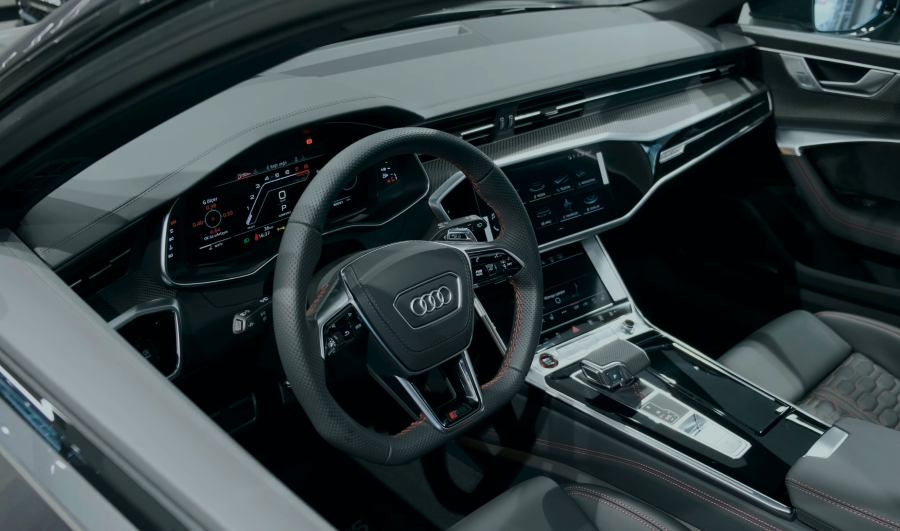

To test these design directions under realistic conditions, Audi needed a reliable partner with deep UI expertise and the ability to integrate hardware and software seamlessly. That's where intive, its long-standing collaborator in HMI and infotainment development, came in.
The Solution
A Unique Constellation of HMI Experts
intive's HMI specialists worked side by side with Audi's model-making team to transform those innovative concepts into functional environments for both a mock-up and a prototype vehicle.
The intive team brought together all technical capabilities -electrical setup, HMI software development, embedded integration, and driving simulation - within a tightly coordinated setup to ensure every detail worked in harmony. This approach allowed them to respond quickly to shifting requirements throughout the project.

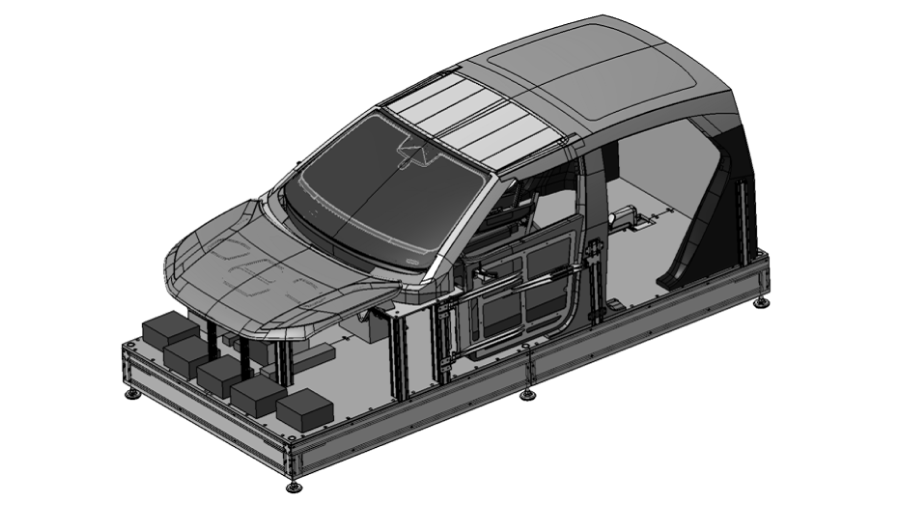
Laying the Electrical Foundation
intive's team architected the full electro-technical infrastructure for both the initial mock-up and the prototype vehicle. The team took care of system layout planning and strategic component placement - deciding what should be visible, hidden or seamlessly integrated - to preserve Audi's design vision while maximizing usability.
The technical complexity spanned wiring, power supply integration, component positioning, and physical installation.
Transforming Concepts into Interactive Experiences
With Audi's UX concepts and visual guidelines in mind, intive's frontend team brought the in-car experience to life by developing user interfaces for multiple research studies. They implemented a comprehensive HMI software suite managing all on-screen elements and their interactive behaviors.
By combining Angular for clear 2D interfaces and Unity for immersive 3D visuals, the team crafted intuitive controls across armrest touchscreens, windshield projections, and auxiliary displays. These interfaces allowed users to effortlessly adjust seat positions or reveal hidden displays with a simple tap.
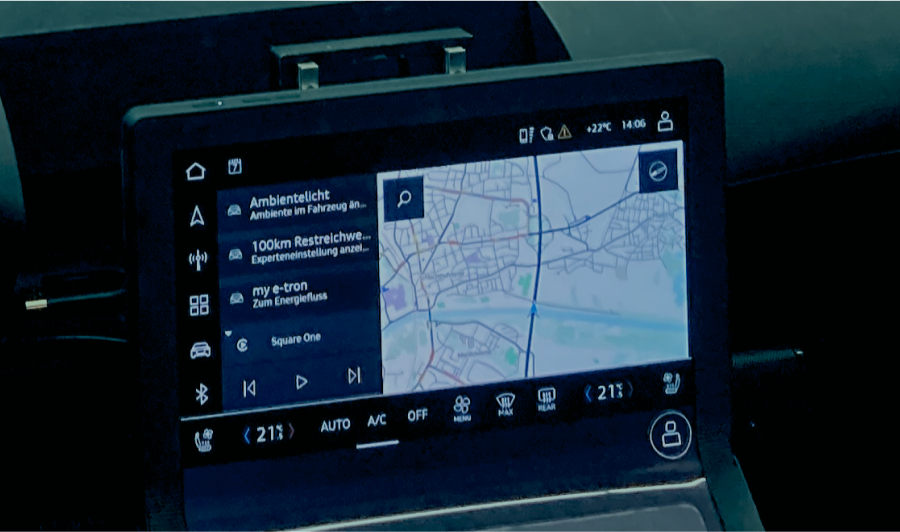
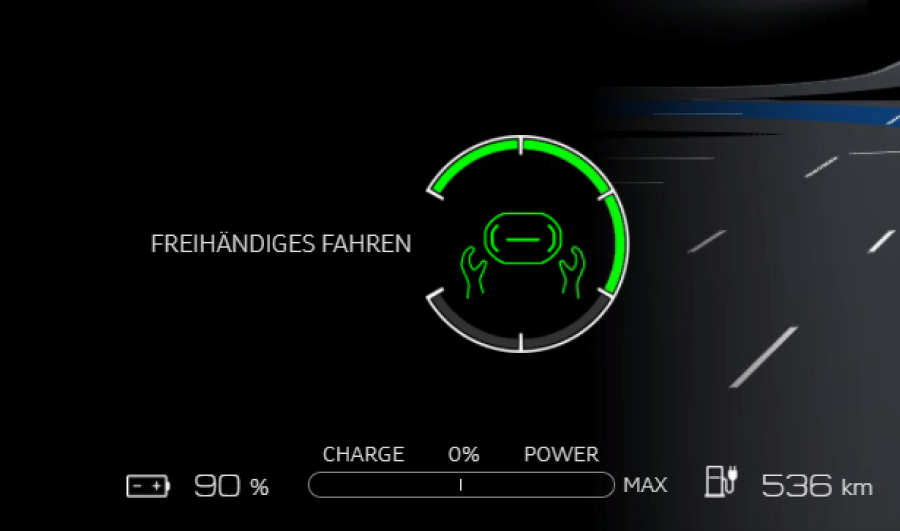
Bridging Hardware and Software with SIMBA
To give the HMI software direct control over the vehicle's mechanical systems, intive's embedded team implemented the SIMBA Embedded framework alongside Canny hardware platforms. Supporting multiple automotive protocols and hardware interfaces, this setup allowed for precise synchronization of components.
At the system's core, the CannyLX device hosted the SIMBA Message Broker, orchestrating communication across all connected hardware.
Additional modules - CannyCU and Canny Microhardware handled specific control tasks such as managing steering wheel functions, synchronizing display movements, and integrating with CAN-based systems like seats and steering columns.
Through SIMBA, the team controlled stepper motors for moving displays, activated retractable pedals, and managed LED indicators that reflected each driving mode, making each user interaction translate into a physical response.
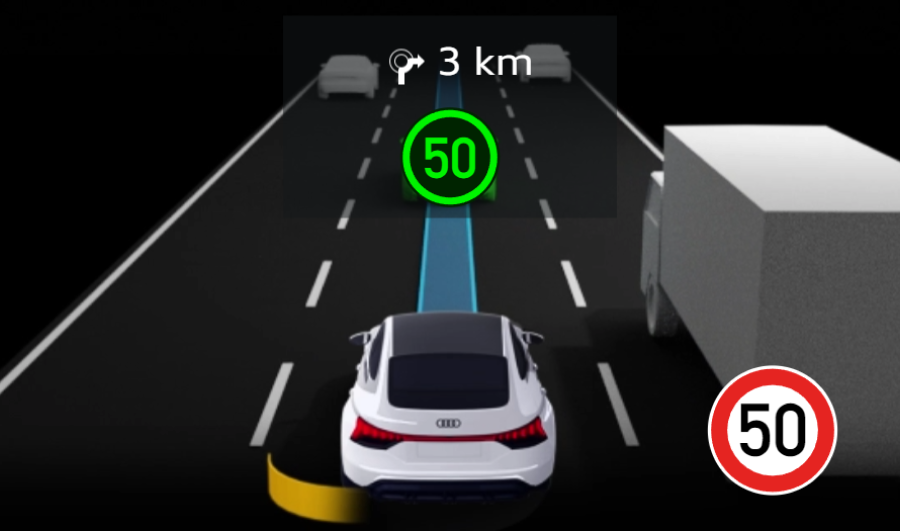
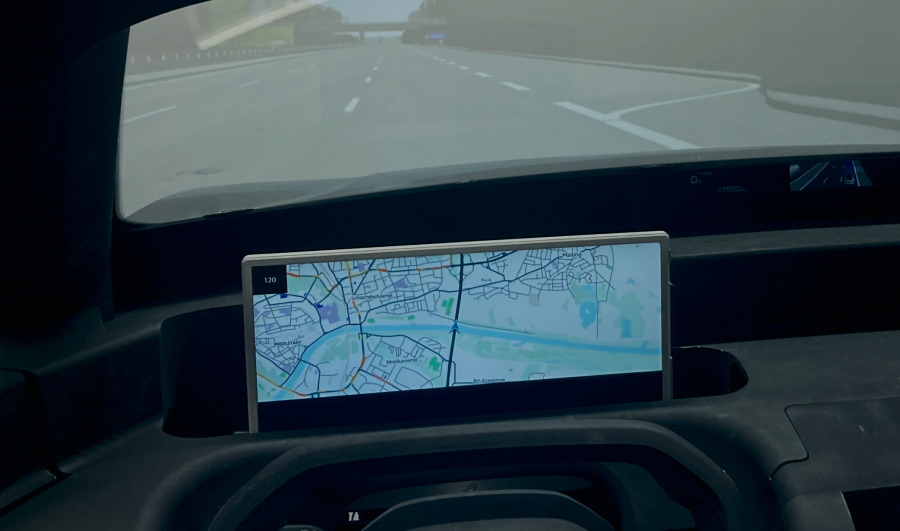
Simulating a Real-World Drive
intive's simulation team leveraged their prior experience managing driving simulators for Audi to integrate all components into a unified and dynamic driving simulator. Using platforms like Virtual Test Drive (VTD) and Automotive Data and Time-Triggered Framework (ADTF) for driving assistance logic, they provided Audi with real-time feedback capabilities. This transformed the static mock-up into a fully interactive simulation platform based on the Audi A8 e-tron, where participants could experience autonomous vehicle concepts under realistic driving conditions.





%201.svg)
